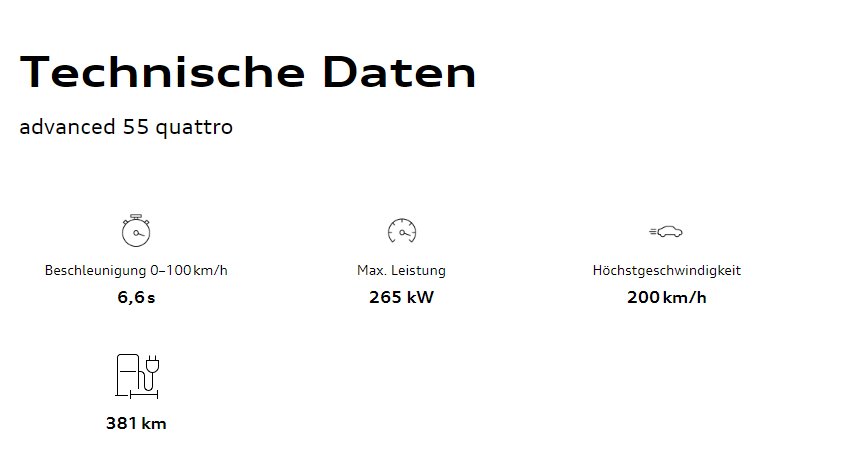On the pessimistic side of the tea leaf reading, these are the known and suspected downsides/headwinds in Q4:
- China tariffs: impact was guided $50m in Q3, but probably that was adjusted to Q3 production levels.
- Opex: for example they purchased an entire trucking company to improve their logistics.
- Stock compensation: $TSLA price levels were much higher during much of Q4 than during much of Q3. This means that the $200m stock comp in Q3 might have ballooned to $300m in Q4. That's $100m straight out of GAAP profits right away.
- Depreciation and amortization: we have only vague guesses about the depreciation and amortization schedules of Tesla, they are not obligated to disclose them precisely. What we know is that D&A grew in 2018: $416m (Q1), $485m (Q2) and $503m (Q3). Most estimates project a slight drop (@luvb2b is projecting $494m for Q4), but in principle it's possible that in Q4 they started some new capex projects like China, with the first depreciation already occurring in Q4, which would increase D&A levels in Q4. Any such increase would come straight out of GAAP profits. Note that I agree with luvb2b's guess that Q3 was probably the D&A peak of the big Model 3 capex spree started in 2016-2017, but there's no guarantee and negative surprises are possible.
- Reduction in Model 3 ASP: this too is difficult to guess: we don't know the exact mix an trim level of Medium Range sales, we don't know how many employees got an inventory car at the end of Q4 with a ~$11k ASP reduction. @luvb2b estimates a $1k drop, while @ReflexFunds guesses more of a $4k drop in Q4 ASP. Here I agree more with @ReflexFunds, I think we'll see a bigger drop in Model 3 ASPs - and every $1k drop in the Model 3 ASP reduces GAAP profits by ~$40m. This creates a large spread in GAAP profits.
- Lower ZEV credits sales: due to the Trump EPA uncertainty and increasing EV production by other carmakers the ZEV market might have shrunk in 2018. Tesla might also have decided to save up ZEV credits, in the hope of being able to sell them later, if the next U.S. administration is more friendly towards ZEV credits.
As you can see if we add up all the error sources it can easily go up to $500m if everything went wrong in Q4, turning Q4 into a 'tiny profit' quarter ...
Also, if ASP reduction is deep enough, revenues could create a negative surprise as well: Wall Street is 'expecting' around $7.1b, and quarterly revenue below $7.0b would surely be seen as a big miss and would be FUD-ed heavily.
On the optimistic side here are potential upsides/tailwinds for Q4 GAAP profits:
- Higher ZEV credits sales: this scenario is actually possible too - maybe Tesla gave some ICE maker some irresistible offer and there's a $200m ZEV windfall. I find this less probable than the negative scenario, but it's a possible tailwind.
- Deferred revenue recognition: Tesla has about half a billion dollars in deferred revenue, some of it allocated to AutoPilot feature delivery milestones. If Tesla wanted to they could probably recognize $100m from this source, as V9 and NoA was clearly a big step forward in terms of feature completeness of EAP.
- Tesla Energy surprise: seasonally TE revenue is at a low, solar panels aren't selling that well in the winter. But Panasonic was probably producing about twice as many storage cells in Q4 as in Q3, which could counter-act some of the seasonality and might even have increased revenue. Tesla has apparently a ridiculously crowded storage order book, with wait times for industrial installations in the 6-12 months range. Since margins are positive, this would be a GAAP profit contribution too. I wouldn't hope too much from this - the real ramp-up will be in Q1 and Q2 I believe.
Note that two of the upsides are basically discretionary managerial decisions by Tesla (they decide whether to sell ZEV credits, and they decide whether to recognize deferred revenue), and I think since Elon's email already placed Q4 as a so-so quarter and Q1 as the big question mark, Tesla might have decided to save up all those rainy day funds for Q1 instead.
To add more to the tea leaf reading side, I also think that there would be somewhat of a backlash if Q4 GAAP profits were significantly higher than Q3 GAAP profits, but marginally lower in percentage. I really think Q4 profits are probably
at best in the $300m range - but more likely in the $150m-$250m range.
Anyway ... I think the very high Implied Volatility to expiries afterr Q4 earnings are justified, as there's both place for a negative and a positive surprise.



